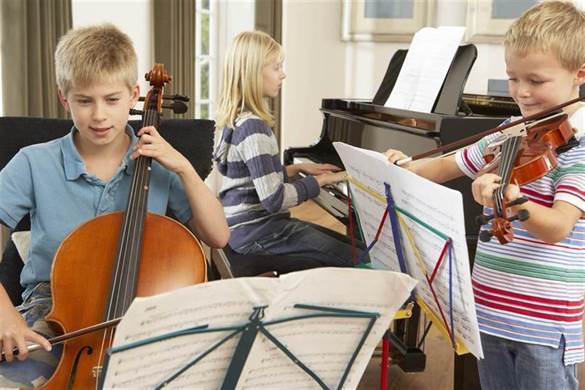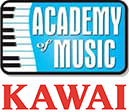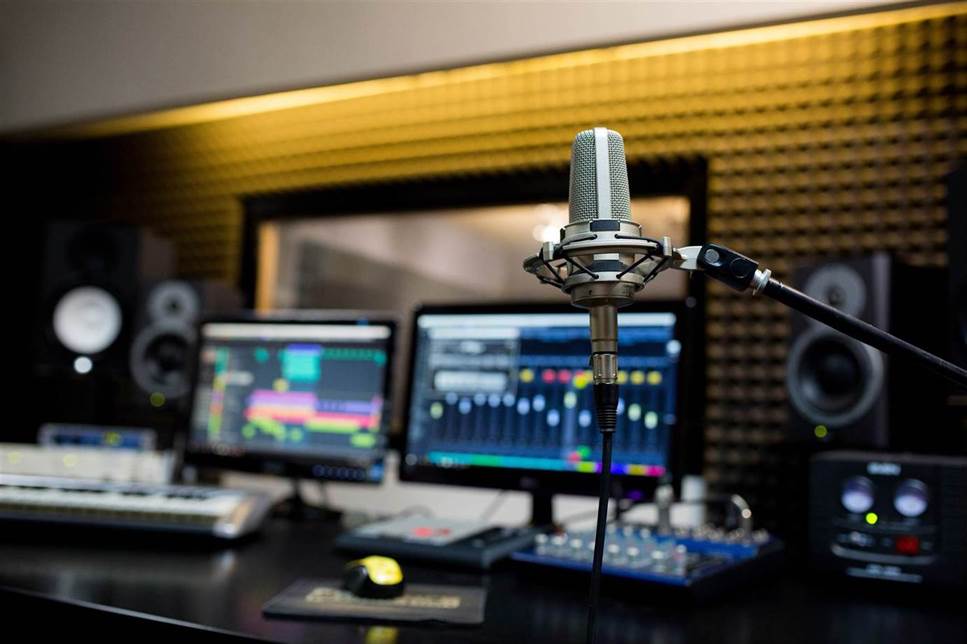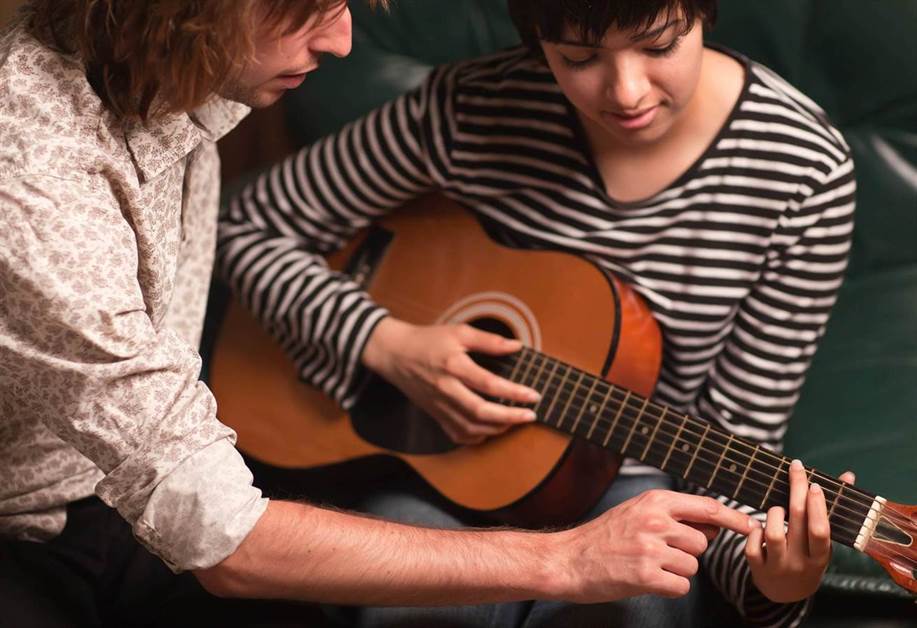Hurdles for Children Learning Music

Parenting is one of the most challenging and rewarding things you can do. There’s a funny link between challenging and rewarding; the more difficult something is, the more fulfilled we’ll often feel when we’ve accomplished what we set out to do. This makes sense from an evolutionary standpoint; pleasure is derived from accomplishments because those accomplishments might help us or the next generation survive. This is part of the reason it’s so incredibly rewarding to make music; not only do you get the amazing feeling that comes with having created something unique, you remember all of the struggles, the ups and downs that brought you to where you are. This challenge-reward dynamic can be thrown into stark relief when, as a parent, you watch your child struggle with a problem. You want to help them without being overbearing; here are some things to pay attention to when they’re struggling with music.
One of the major hurdles that come with learning music is learning to practice. Many children are attracted to the raw creativity of music; that’s one of the reasons so many 2-year-olds love to drum on pots and pans. The rigid, structured elements can be more difficult for a child to learn to love. When your child is complaining about having to practice, try giving them a sense of control. Ask them when they’d like to practice; before or after supper? Talk to them about their favorite music to play, and see if they want to incorporate it in their practice. Speak with their music teacher about their difficulty practising, and see if you can all work together to find a practice schedule that works for your child; feeling in control can do wonders for practice regimens.
Learning to read music can be another source of frustration. Reading music is like learning a language very fluently. You not only have to learn to read and speak the language, but you need to learn all of the intonations, the fluidity, the poetry of it all. A child who expects to learn all of this right away will be disappointed; they need to temper their expectations. Let them know that no one expects them to be able to read and play everything perfectly immediately; music is a gradual, slow and wonderful learning process. Some students might also have a hard time reading the notes because they’re experiencing problems with their vision; you can find an optometrist in Winnipeg to help with the problem. Your child struggling to read music might be your first sign that they are having problems seeing.
A lot of new students might have a problem that’s not visible on the surface; anxiety. When students have to go to a new location filled with strangers every week to learn music, they can find it incredibly challenging if they are introverted or anxious, and this can lead to negative associations with practice. Fortunately, there are in-home music lessons offered in Winnipeg that can help alleviate this anxiety; practice in the comfort of your home can make learning music a much more gratifying process.











